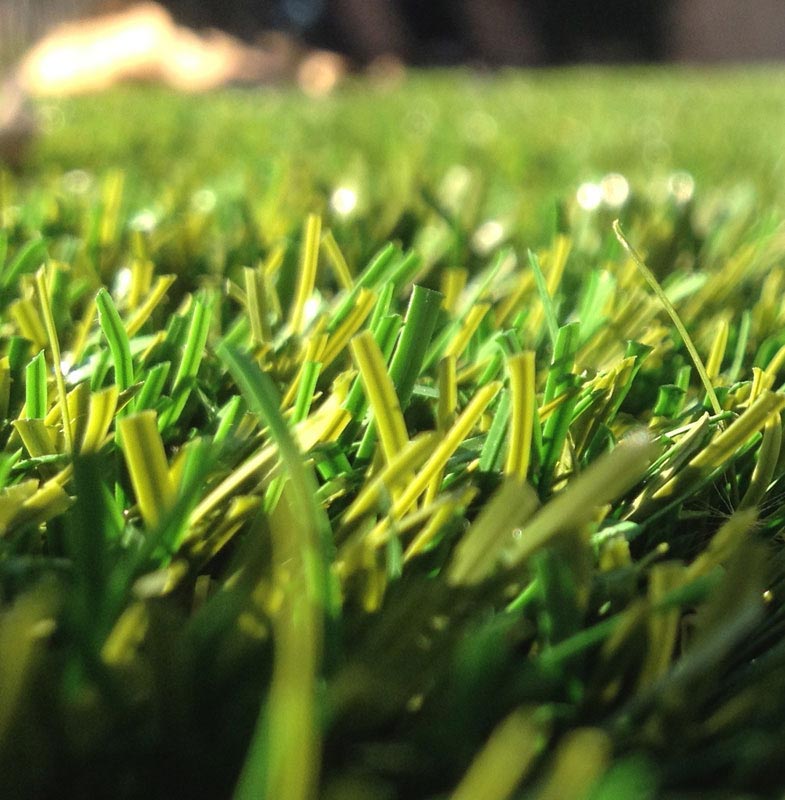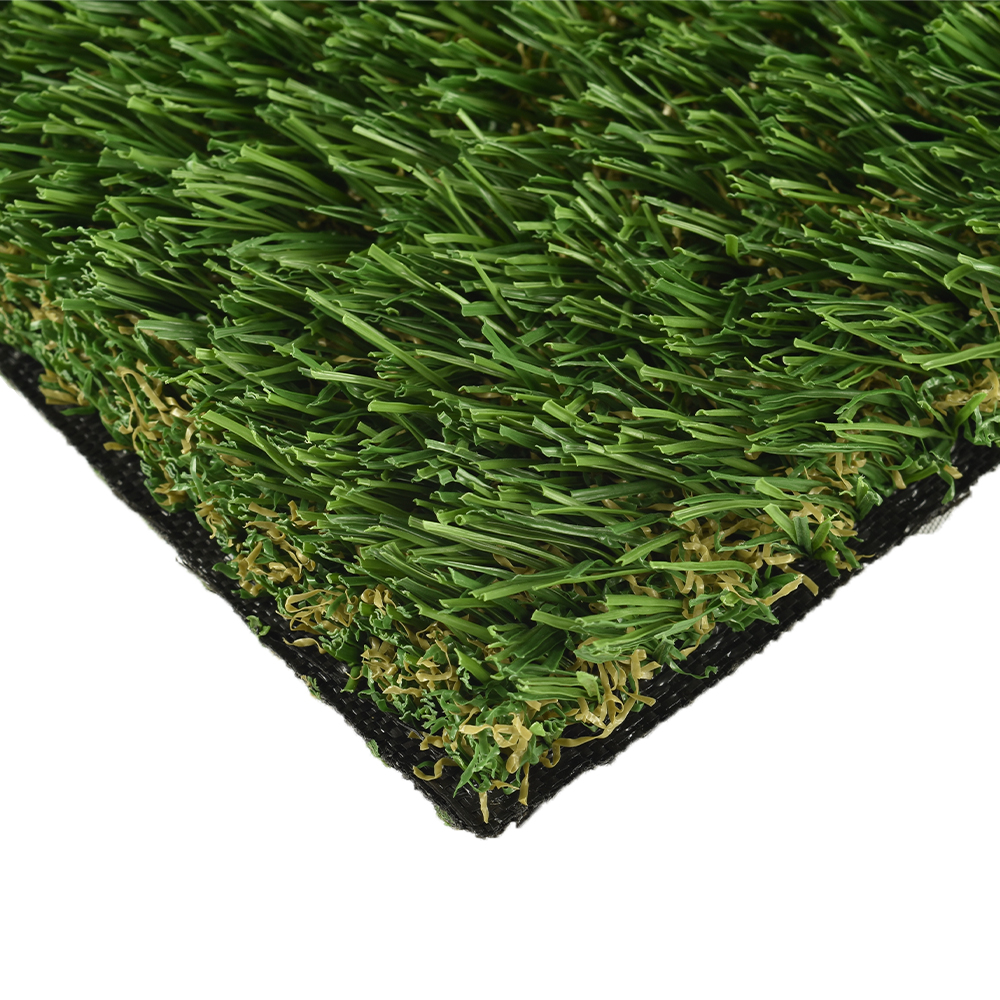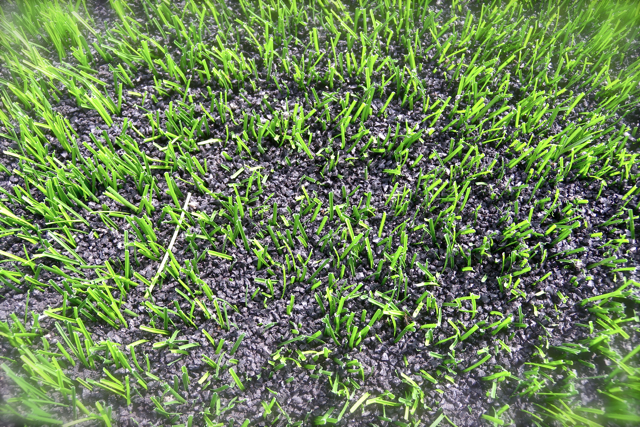Look Into the Environmental Conveniences of Opting for Artificial Lawn Solutions
The fostering of fabricated turf remedies offers an engaging opportunity to deal with pushing environmental obstacles. By substantially minimizing water usage and decreasing the application of unsafe chemicals, these choices not only advertise sustainable landscaping but additionally shield local ecosystems. In addition, the lower carbon footprint related to decreased maintenance tasks contributes to an extra sustainable method to land administration. The effects of these advantages prolong beyond plain preservation initiatives, elevating concerns about their lasting influence on environment preservation and total eco-friendly equilibrium. Discovering these measurements exposes a complex interaction worth considering.
Water Conservation Advantages
One of the most substantial benefits of synthetic turf is its capability to conserve water. In comparison, man-made lawn does not need watering, considerably reducing the general need for water resources.
By removing the requirement for regular watering, artificial lawn adds to sustainable landscape techniques and aids mitigate the environmental effect of too much water intake. The conservation of water prolongs to the reduction of overflow, which can lead to dirt disintegration and river pollution.
Furthermore, the setup of artificial lawn allows municipalities and property owners to allot water resources more effectively, focusing on important usages such as drinking water and agriculture. The change in the direction of synthetic grass not only promotes accountable water usage yet likewise lines up with broader ecological objectives focused on preserving all-natural resources.
As neighborhoods progressively focus on sustainability, the water conservation advantages of man-made lawn offer a compelling case for its fostering in commercial and property landscaping jobs.
Lowered Chemical Usage
The shift to synthetic grass substantially lowers the reliance on chemical treatments commonly used in all-natural turf upkeep. Standard turf administration generally includes the application of herbicides, pesticides, and fertilizers to advertise development and control parasites. These chemicals can position risks to human health, regional wildlife, and the environment, adding to dirt and water contamination.
In contrast, artificial lawn eliminates the requirement for these damaging compounds. As soon as installed, it requires very little upkeep, largely being composed of routine cleaning and infrequent infill replenishment. This decrease in chemical use not just profits the immediate environment however also adds to broader eco-friendly security. By lessening the release of artificial substances right into the environment, synthetic lawn promotes much healthier soil and water supply.
In addition, the lack of chemical runoff related to synthetic grass installments assists secure local rivers from contamination, supporting water life and maintaining biodiversity. Turf installation phoenix az. As communities progressively focus on lasting methods, going with synthetic grass offers a viable solution that lines up with ecological conservation objectives. With this shift, property proprietors can take pleasure in lush green spaces without compromising environmental wellness, paving the method for a much more sustainable future
Reduced Carbon Footprint

Furthermore, the setup of synthetic grass can cause significant water preservation. All-natural grass require go to the website significant amounts of water for irrigation, which not only includes in the carbon footprint related to water extraction and treatment however likewise stress local water sources. On the other hand, synthetic grass needs very little maintenance, calling for no watering, thereby dramatically decreasing water usage and its connected power costs.
In addition, the long life of synthetic grass adds to its reduced carbon effect. With a lifespan of up to 15 years or more, the requirement for regular replacements is lessened, causing much less waste and reduced energy intake in production and taking care of typical turf options. On the whole, synthetic grass provides a lasting alternative for eco conscious landscape design.
Habitat Conservation
Environment conservation is a vital consideration in the dispute over landscaping selections, particularly when contrasting man-made grass to helpful resources all-natural yard. Natural yard yards commonly call for considerable maintenance, consisting of the use of plant foods, herbicides, and pesticides, which can detrimentally impact regional communities. These chemicals can seep right into the dirt and rivers, damaging indigenous plants and fauna and interfering with regional habitats.
Artificial turf eliminates the demand for dangerous chemicals, thereby protecting nearby wildlife and preserving the integrity of surrounding ecological communities. The installation of artificial grass can lead to the conversion of former yard areas right into more biodiverse landscapes, such as pollinator yards or native plant areas, which can support local wild animals.
Ultimately, the shift to fabricated lawn not just preserves water and lowers maintenance initiatives yet additionally promotes an extra unified partnership in between human activities and the natural surroundings, advertising environment conservation at the same time.
Long-Term Sustainability
Long-term sustainability is a vital factor in reviewing the advantages of synthetic grass over standard yard yards. One of the most considerable advantages of synthetic grass is its sturdiness; it can last approximately 15-20 years with marginal maintenance, whereas natural grass needs constant reseeding and replacement. This long life decreases the requirement for consistent sources, such as water, plant foods, and chemicals, which are necessary for maintaining a healthy and balanced yard lawn.
Additionally, synthetic grass adds to a decrease in carbon discharges connected with yard care devices. Standard lawns frequently call for gas-powered mowers, leaners, and blowers, why not try here all of which add to air contamination. Artificial turf companies phoenix. On the other hand, synthetic grass eliminates the need for such tools, promoting a cleaner environment
In addition, the production of synthetic grass increasingly utilizes recycled products, enhancing its sustainability account. As manufacturers adopt environment-friendly methods, the environmental footprint of synthetic grass remains to decrease.

Conclusion
The adoption of synthetic grass remedies offers considerable environmental benefits, including considerable water preservation, reduced reliance on harmful chemicals, and a reduced carbon impact. Artificial grass aids in protecting natural habitats by decreasing land disturbance and promoting long-term sustainability via the usage of durable products. Jointly, these variables emphasize the capacity of synthetic grass to add favorably to environmental wellness and supply a viable choice to conventional landscape design techniques in a progressively resource-conscious world.
In comparison, synthetic grass does not require watering, considerably minimizing the general demand for water resources. By reducing the launch of synthetic compounds into the community, man-made turf advertises much healthier dirt and water systems.
Moreover, the installation of synthetic grass can result in substantial water preservation. In contrast, synthetic grass needs very little upkeep, needing no watering, thus substantially lowering water use and its linked energy expenses.

 Kel Mitchell Then & Now!
Kel Mitchell Then & Now! Judge Reinhold Then & Now!
Judge Reinhold Then & Now! Andrew Keegan Then & Now!
Andrew Keegan Then & Now! Christina Ricci Then & Now!
Christina Ricci Then & Now! Melissa Sue Anderson Then & Now!
Melissa Sue Anderson Then & Now!